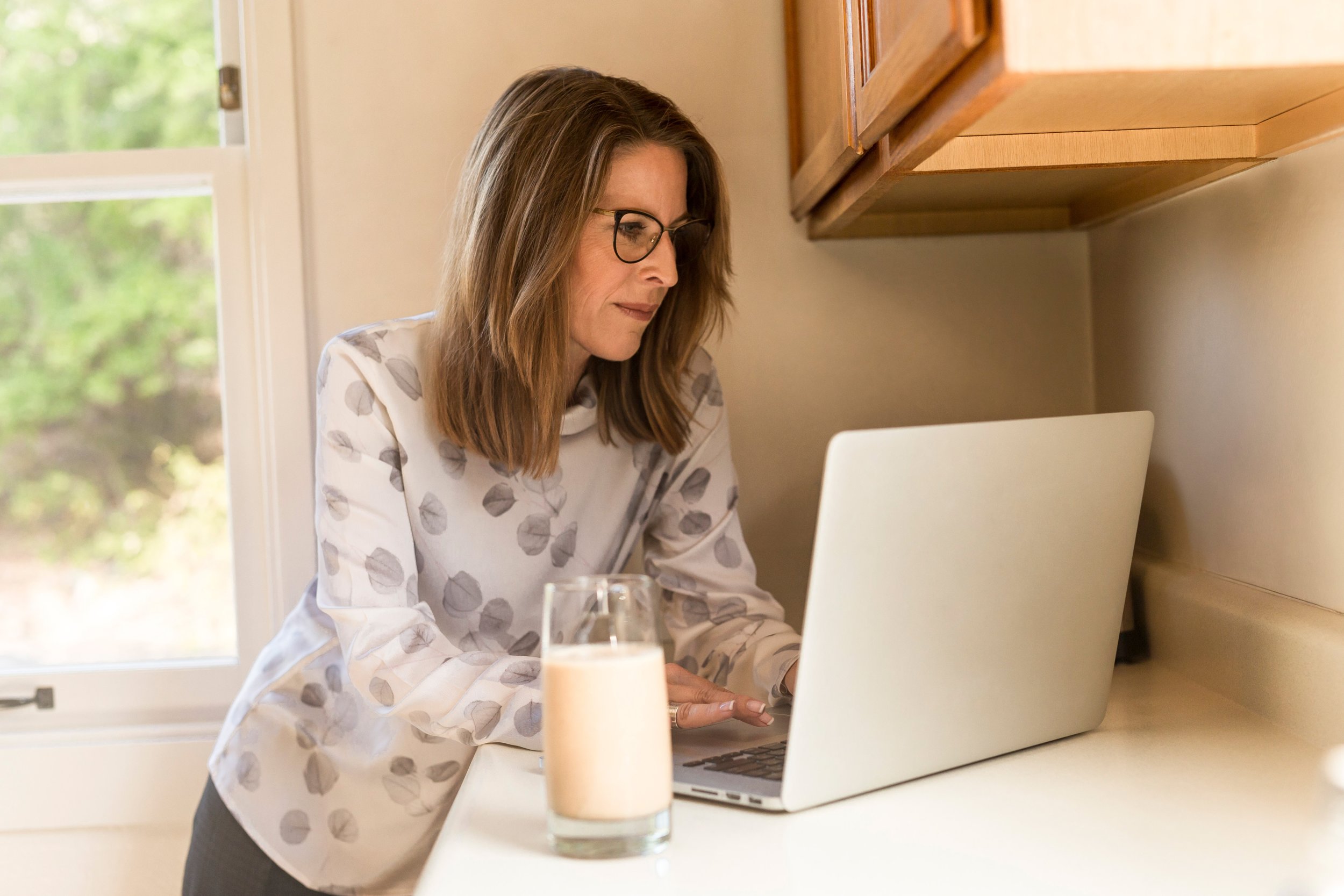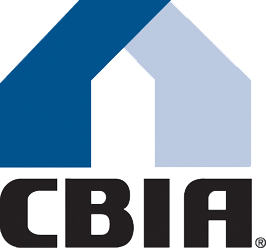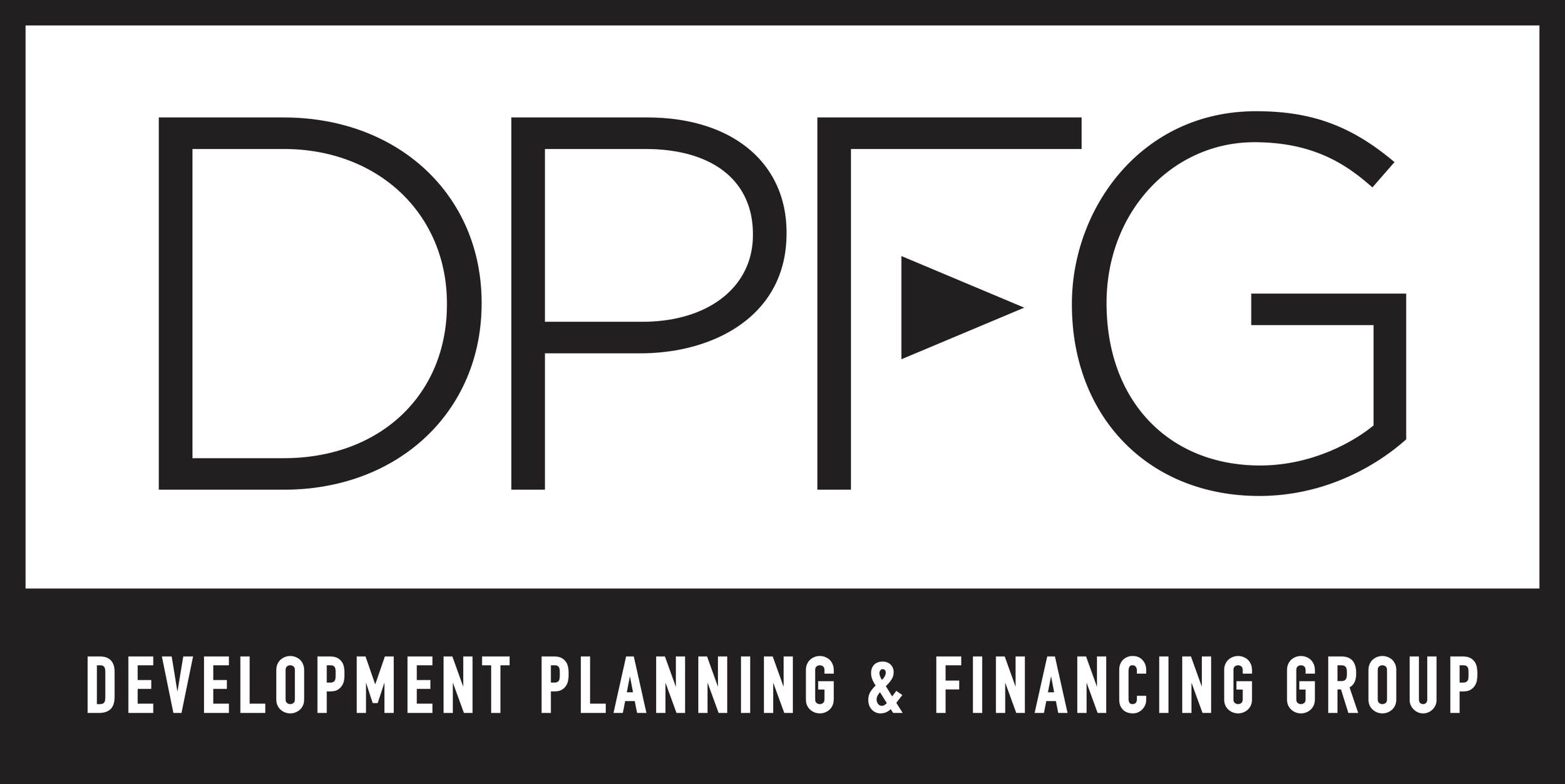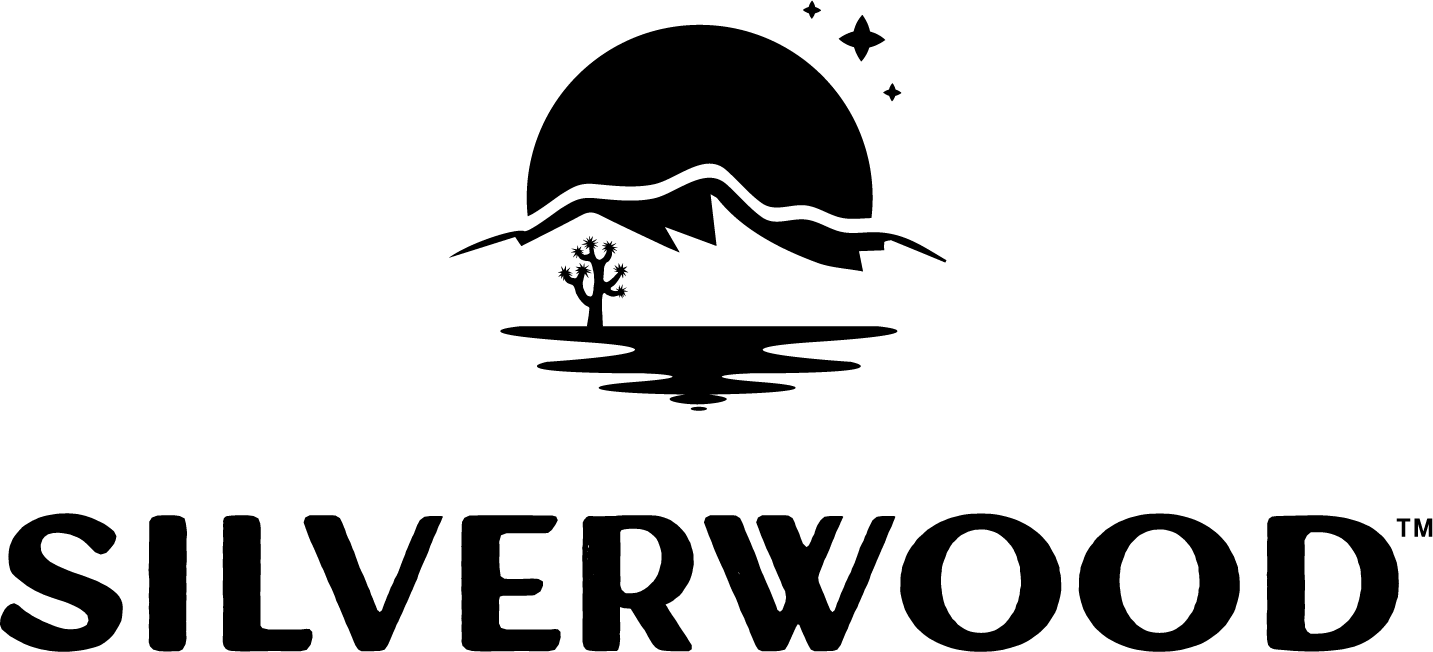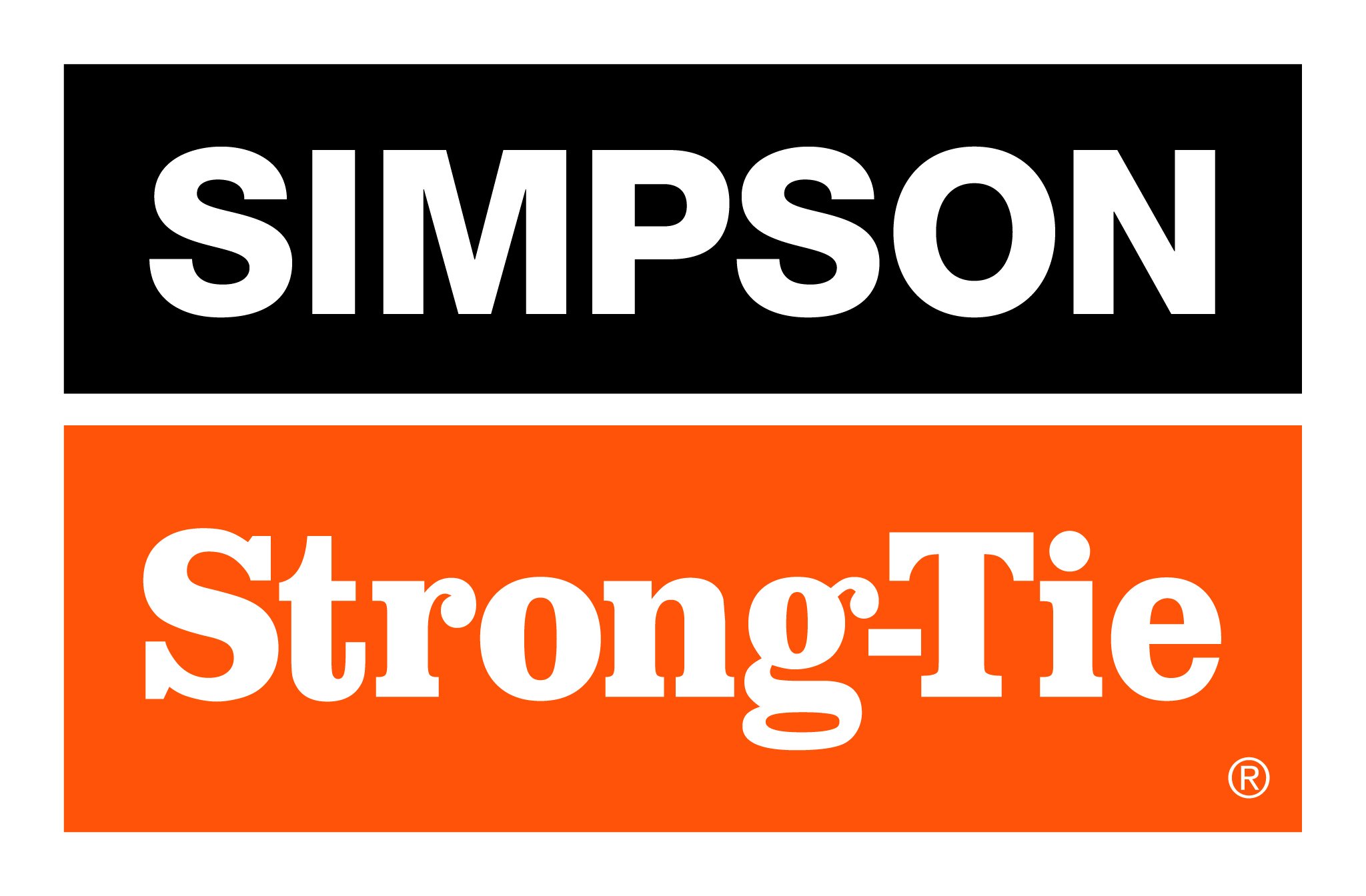Photo by LinkedIn Sales Navigator on Unsplash
by Phillip B. Burum, Executive Vice President, Diversified Pacific,
President, Building Industry Association (BIA) Baldy View Chapter
For the past 20 weeks, I have penned reason after reason that owning a home is the best choice for every American who has the choice of ownership. Many reasons are what some might describe as ‘warm and fuzzy’ or feel good reasons. Those are important because, when given the choice, who would not like to have warm fuzzy feelings all of the time? Today, however, we are going with facts and numbers. We touched briefly on the sheer economics in a prior article but, since homeownership itself is the leading driver for wealth creation in this country and it is National Homeownership Month, I wanted to dive a bit deeper.
In order to understand the premise of how home ownership equates to wealth creation, an individual must look at their home purely as an economic investment and then compare the historical data against other forms of investment to see which has the highest degree of potential and likely return. The stock market is certainly not the only other option for investment, but it is what many American’s count on for investing towards retirement. For that reason, below is comparative example between investing in your home versus investing in the stock market.
According to historical records, the average annual rate of return for the S&P 500 since its inception is approximately 10 percent, meaning that the average investor should have made an average of 10 percent annually on their invested capital. If a person invested $50,000 in January 1990 and left all of the invested capital, along with the money earned each year, that investment should have been worth about $130,000 on January 1, 2000. That is a fairly impressive number and many of us would be thrilled to turn our $50,000 into $130,000 every ten years. It is not really as simple as that as the market fluctuates year to year so individual performance will vary depending on when someone entered and exited the market. For the purposes of this comparison, however, we will strike out market volatility and assume a flat 10 percent annually for ten years.
Now, let’s look at your home as an investment. The appreciation in home values will vary dramatically from sub-market to sub-market, and from state to state. California, for example, has one of the highest appreciation rates in the country, with reported rates of appreciation as high as 8.75 percent annually. Nationwide, the accepted average annual appreciation in the value of all homes is reported to be 6.3 percent. Instead of using the higher California averages for this example, we are going to stick with simple math and use 6.0 percent, meaning the analysis will assume that the purchased home increases in value by 6 percent every year from the date it was purchased.
Many homeowners are able to obtain loans with VA, FHA or other special financing programs that allow for down payments as low as 1.5 percent. A conventional loan, however, generally requires a down payment of 20 percent. For purposes of this comparison, we are going to assume a 20 percent down payment was required. That amount should be thought of as your invested equity.
We will use the same $50,000 invested as we did in the stock market example, which, based on a 20 percent equity requirement, would buy you a $250,000 home. Based on the national averages, that home will appreciate in value 6 percent per year.
After ten years, the home you paid $250,000 for should be worth $447,700. In other words, your $50,000 investment has now grown to provide you with $247,700 in equity in your home, a return more than two times that of the same money invested in the stock market.
The National Association of Home Builders (NAHB) recently released a study that can provide far more detail and I highly recommend that you take a look at it (the writer is vastly more skilled than I am). For NAHB resources, visit www.nahb.org.
Not every American has the opportunity to buy a home today but, with interest rates still lingering near historical low levels, there might not be a better time to find out if you can.
For additional information on purchasing or owning a home, go to www.biabuild.com.
*****

